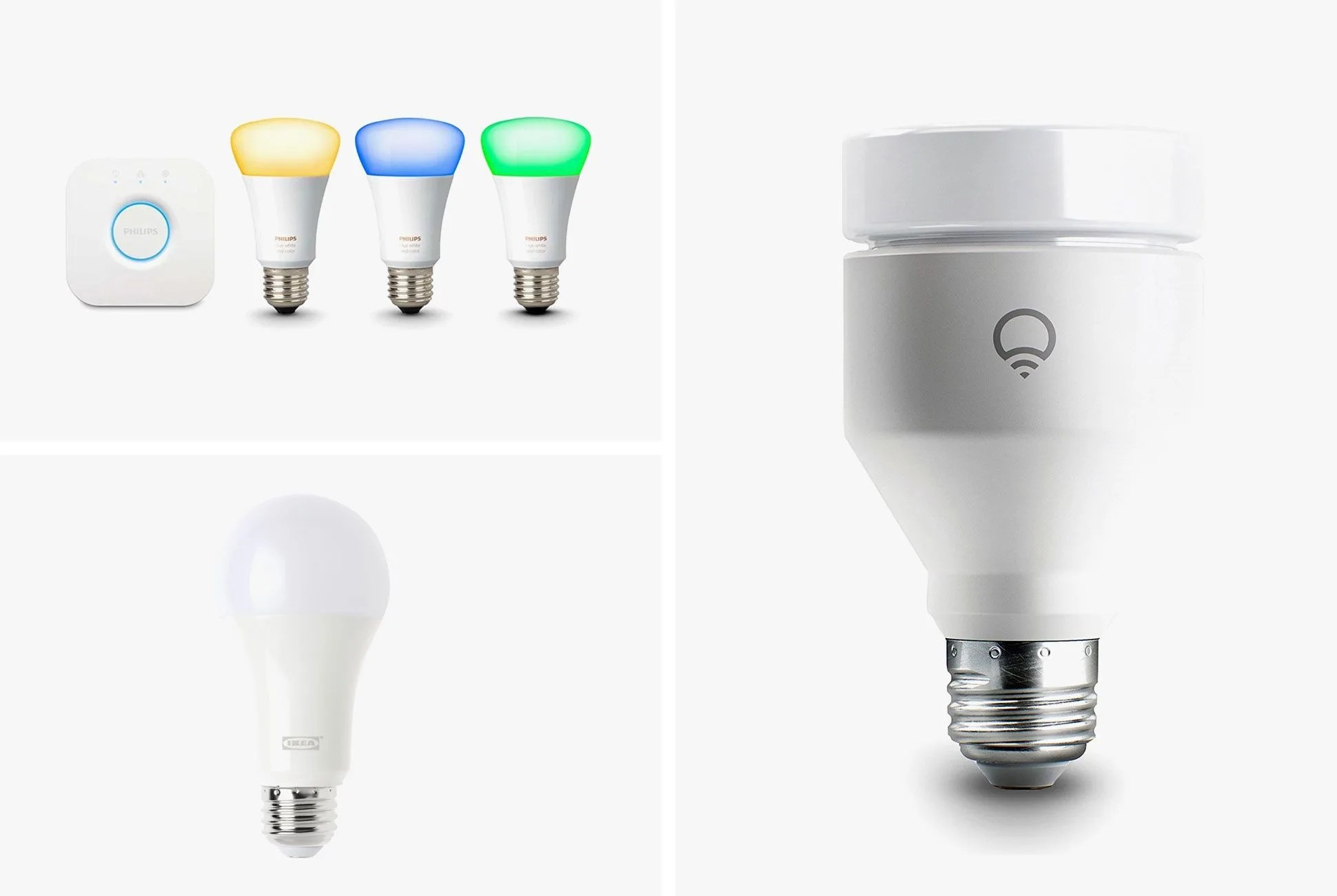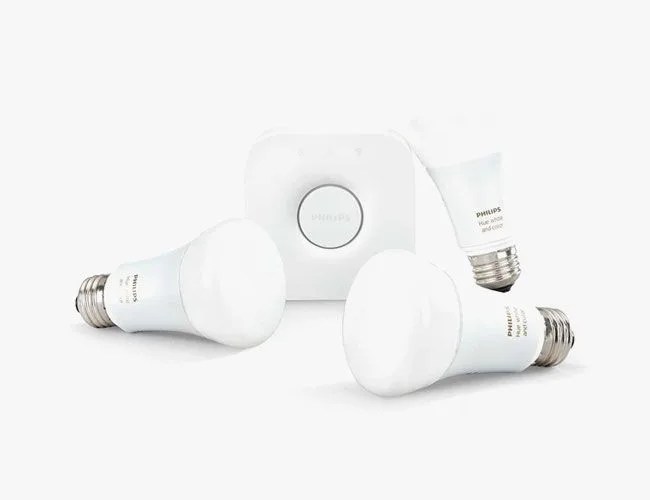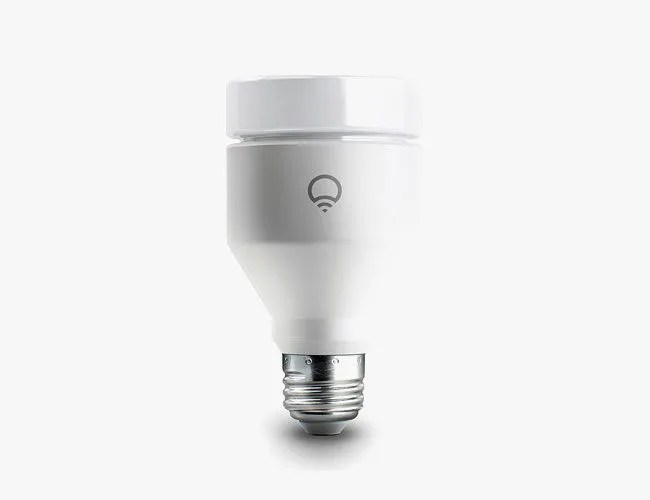At this point, LED lights are on track to overtake incandescent bulbs in home and office settings. (Meanwhile rustic eateries and gastropubs will probably keep Edison bulbs afloat on their own.) It’s an easy choice; they last longer and use less power than incandescent bulbs. Now more and more companies are now making smart bulbs: wi-fi connected LEDs you can turn on and off, dim, and even change color with your smartphone. You can control them from a few inches or a few hundred miles away.
About 76 percent of Americans believe that smart bulbs will eventually replace regular light bulbs, according to Sylvania’s 2016 report. The future is probably smart. However, that doesn’t mean you should replace your “dumb” lights just yet. If you’re thinking about making the jump to a smart home, starting with smart bulbs, here’s what you need to know.
The case for smart bulbs.
You can control the lighting in any room as long as it has smart lights. These lights can be dimmed without a dimmer switch, too. Since everything is controlled over wi-fi, you can control the lights from anywhere, from the couch or from a hotel in Maui (as long as you’re on wi-fi). Also, you can set a schedule for the lights — a good security feature. For example, you could set up your smart lights to turn on periodically when you’re on vacation, creating the illusion that people are home.
Many smart bulbs can change colors. It’s a little gimmicky but it makes for a nice party trick, and it’s another thing regular bulbs can’t do.
If you have a smart speaker at home, you’ll be able to control your smart lights via voice control. Just make sure the speaker and bulbs are compatible beforehand; they don’t all play nice with each other.




